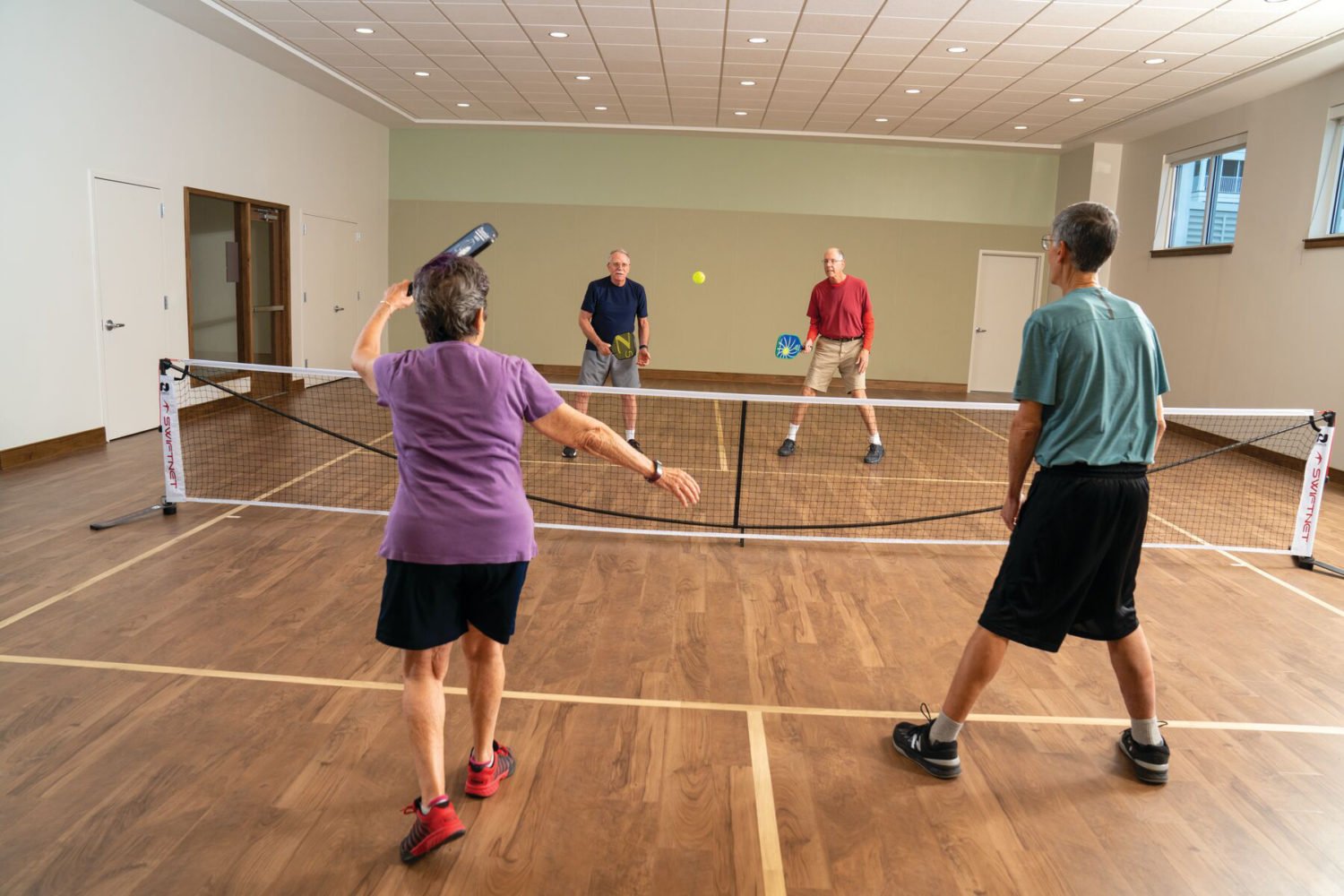There is nothing worse than losing the ability to communicate with a loved one, especially if it’s due to chronic illnesses such as dementia or Parkinson’s.
While there are currently no cures for those diseases, there are ways to prolong their onset and improve mental well-being, including art therapy. That’s why the Phillips Collection decided to partner with Iona’s Wellness & Arts Center last year to improve the lives of people with memory impairment and physical challenges.
“When you’re working with people who have lost the ability to communicate verbally, [with art therapy] you’re giving them a new avenue to facilitate conversation,” says Jackie McGeehan, an Iona art therapist who worked with the Brooke Rosenblatt at the Phillips Collection to establish the Creative Aging partnership.
Research shows that engaging in art, whether it’s music, dance, or visual art, is highly effective among individuals with memory impairments. Benefits include lower levels of medication use, fewer doctor visits, and lower sense of isolation, as well as better reports of mental health and well-being. In fact, the idea of art and health is the very foundation of the Phillips Collection, says Rosenblatt.
The museum was founded in 1921 by Duncan Phillips. After the sudden deaths of his father and brother within a year of each other, Phillips talked about “turning to his love of art for his will to live,” says Rosenblatt. “So [the program] is in line with some of the philosophical underpinnings of the Phillips Collection.”
For the past year, about 30 individuals participated in the Creative Aging program, which involved sessions at both the Phillips Collection and Iona’s Well & Arts Center. Each meeting involved talking about two or three specific pieces of artwork, encouraging conversation among the group, explains Rosenblatt, the museum’s education specialist.
McGeehan then encouraged the group to decide on one or two major themes from their conversations and use that as inspiration to create their own artwork using whatever medium they chose. “When dealing with people who don’t have a lot of choice in their lives anymore, giving them that space [to choose] is very important,” she says.
Many of the participants suffer from dementia or Alzheimer’s, but there are also individuals with Parkinson’s or diabetes or who have had strokes or traumatic brain injuries. Caregivers and family members can take part in the program, as well.
McGeehan says she’s been most surprised by the depth of each individual’s art. “It’s moments like this that always amaze me, when I’m working with somebody who is unable to verbalize their thoughts or feelings about a piece. Then they make a connection with you—just a smile or squeeze of a hand—and that’s when you know they feel understood and heard,” she says. “What a special thing that is for them.”
The group’s work from the past year is now on display at the Phillips Collection in the Creative Aging exhibit during National Arts and Health Month.













